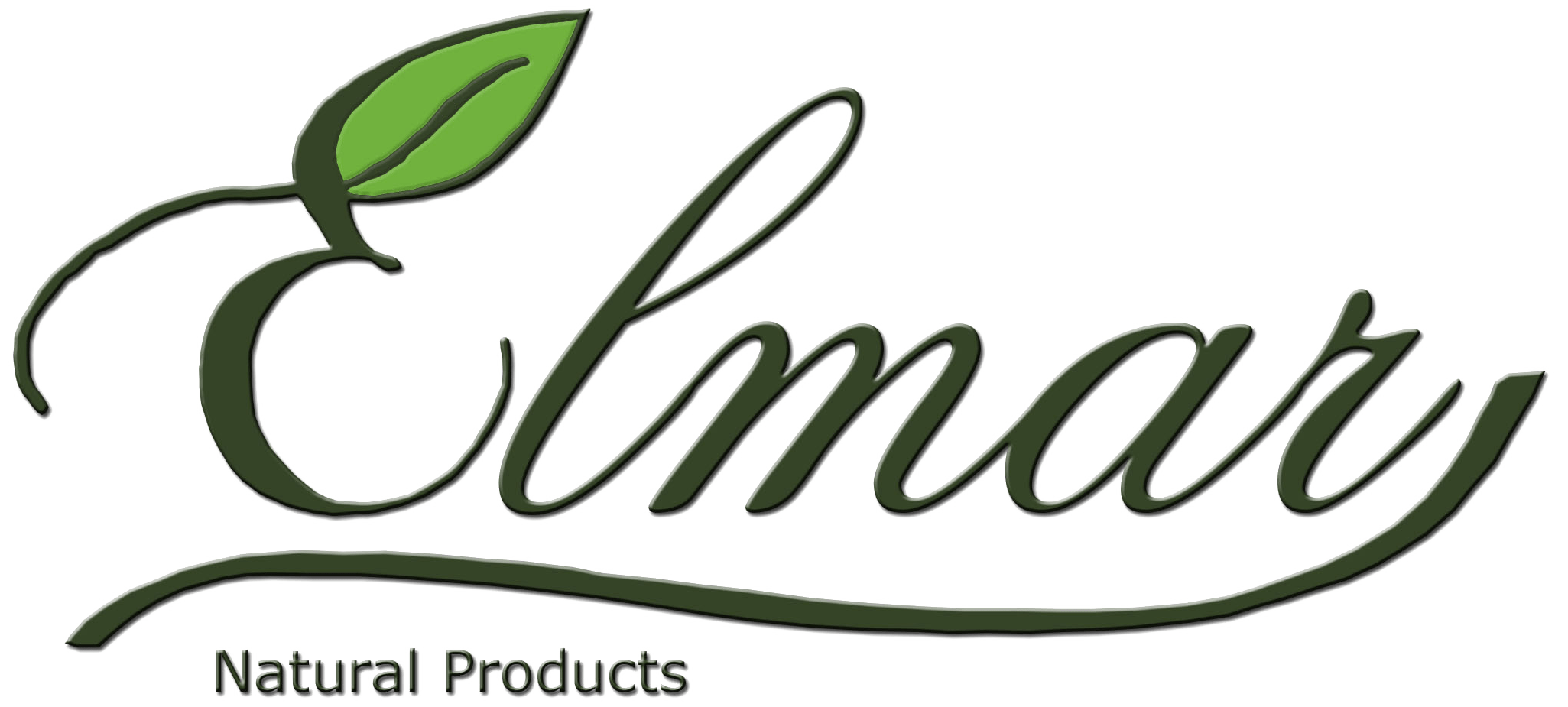According to the Vietnam Pepper Association (VPA), in October 2024, Vietnam exported over 10,166 tons of cinnamon with a turnover of 26.2 million USD, a significant increase of 58.1% in volume compared to the last month.
In 10 months of the year, Vietnam exported 79,516 tons of cinnamon, with a total export value of 220.5 million USD. This is an increase of 6.4% compared to the total export value for the entire year of 2023. India, the US, and Bangladesh are the three main export markets for Vietnamese cinnamon, with 27,381 tons, 8,562 tons, and 6,850 tons, respectively.
On the opposite side, Vietnam imported 265 tons of cinnamon, with a turnover of 0.8 million USD, an increase of 22.7% compared to September. Vietnam mainly imports from Indonesia, accounting for 56.2% with 149 tons.

Cinnamon exports brought in over 220 million USD.
In 10 months of 2024, Vietnam imported 3,713 tons of cinnamon, with a value of 9.0 million USD, a decrease of 73.3% compared to the same period last year. Indonesia and China were the two largest suppliers of cinnamon to Vietnam, accounting for 47.0% and 35.9%, respectively, with 1,744 tons and 1,332 tons.
Cinnamon is a woody tree that is easy to care for. The area of cinnamon in Vietnam is up to 180,000 hectares in the northern mountainous provinces and the North Central region. The estimated stock of cinnamon bark in Vietnam is around 900,000 – 1,200,000 tons, with an average annual harvest of 70,000 – 80,000 tons. In 2022, Vietnam ranked third in the world in cinnamon production, accounting for 17% and being the leading cinnamon exporter globally with a revenue of 292.2 million USD.
Although it is a familiar tree to the Vietnamese, in reality, cinnamon is mainly grown in Vietnam, China, Indonesia (Cassia variety), Madagascar, and Sri Lanka (Ceylon variety).
Currently, Vietnam has exported cinnamon to nearly 100 countries around the world. However, the proportion of processed cinnamon is still very low. The VPA said that Vietnam has a diverse range of medicinal herbs, many of which are rare and precious, but these have not yet become high-export items. The main reason is that there is no development plan for medicinal plants in Vietnam yet.
With 16 FTAs that Vietnam is participating in, including the UKVFTA, Vietnamese goods have a tax advantage over some other countries. This is a favorable condition and opportunity for Vietnamese cinnamon products to advance further in the international market. The global demand for spices remains high, not only in the food industry but also continues to be researched and developed for applications in the pharmaceutical, cosmetic, and functional food industries.
